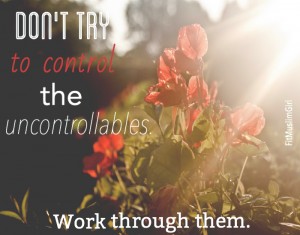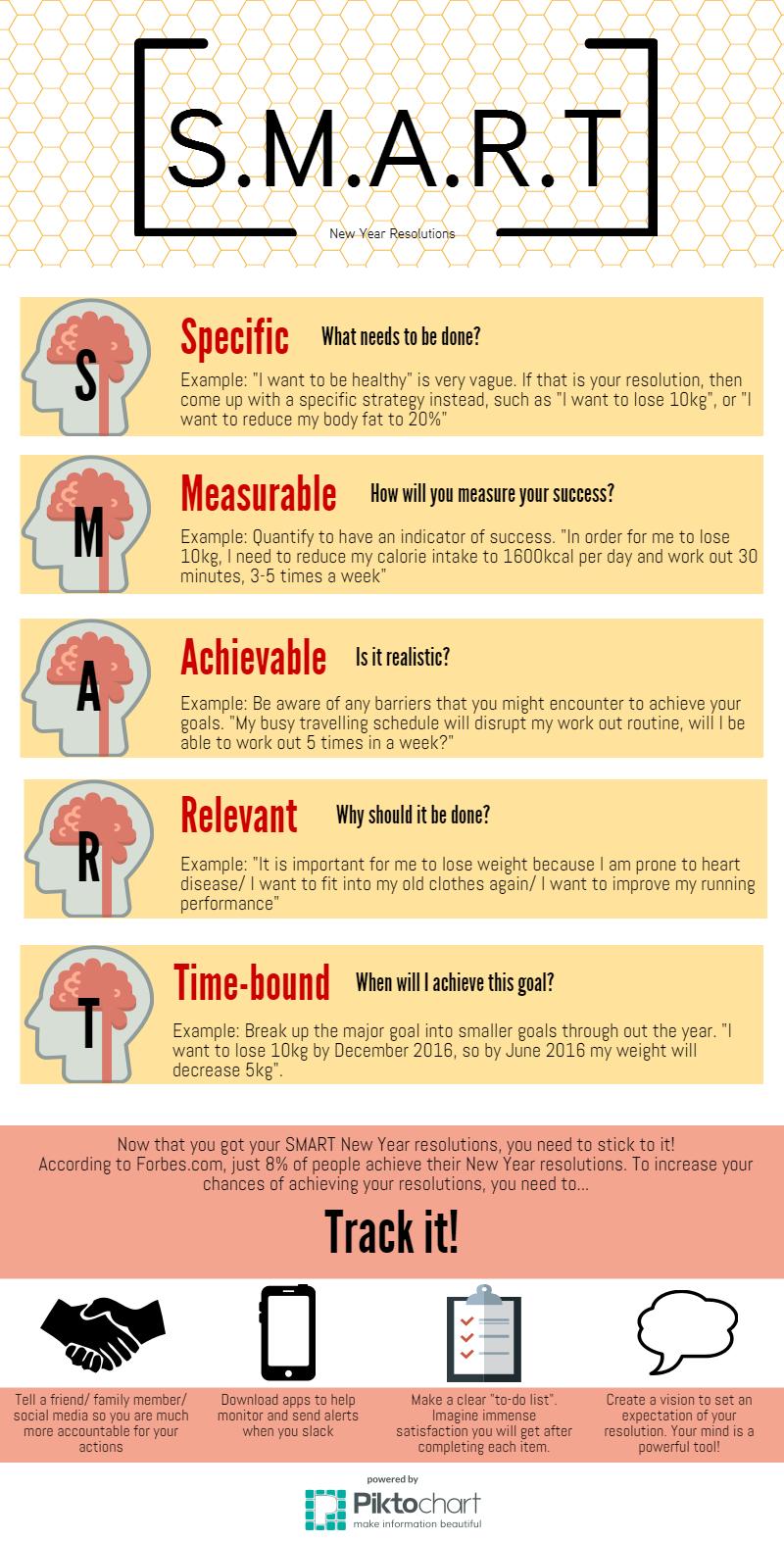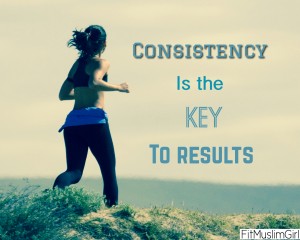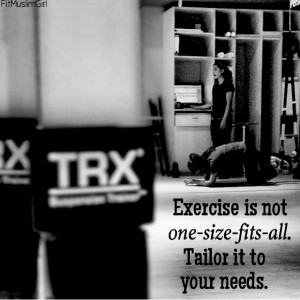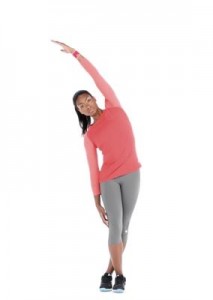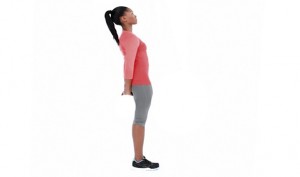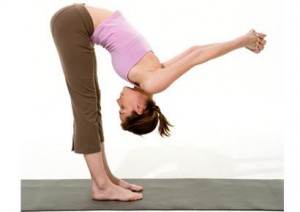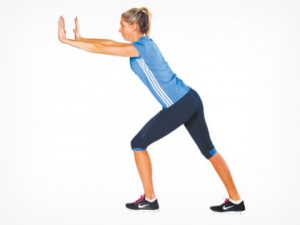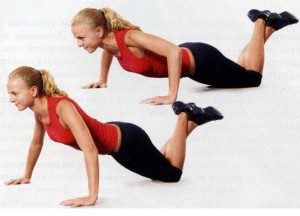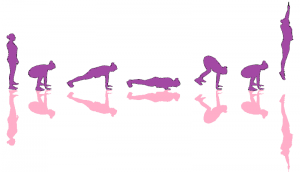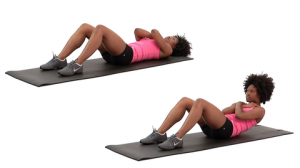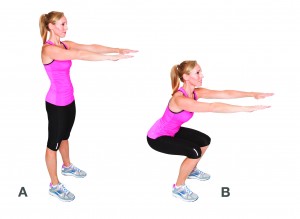If you’ve ever started a fitness routine and quit, you are not alone. Many people have no problem beginning a routine; they feel motivated, excited and ready to tackle anything. But the hard part is keeping that motivation up and continuing on in their fitness journeys for the long term.
Trust me, even those who seem to love the gym life have trouble staying motivated all the time. Here are some ways you can keep your motivation up and actually stick to a routine.
1. Set a goal
One of the best things you can do for yourself is to set a specific goal or goals. If you just say “ah I want to lose a little weight” but don’t have anything specific to work towards your likely to fall off of the bandwagon. Make your goals personal. Here are some examples:
- I want to lose X amount of pounds/kilograms to get to a healthy weight
- I want to lose weight because my doctor said if I don’t I won’t live long
- I want to live a healthy lifestyle to set a good example for my children
- I want show God that I am thankful for the health and body He has granted me
Setting specific goals in this way will really make it about so much more than the number on the scale or the way you look. If your goals are meaningful and close to your heart you are more likely to reach them.
2. Schedule a workout time
The key is to make exercise a habit, rather than something that you simply ‘should do.’ You want to think of exercise as a normal part of your day, like going to work or taking a shower. One way to do this is by scheduling a regular workout time. If you workout around the same days and time each week it will start to become a part of your everyday routine.
Sit down each week and plan your workouts to fit into your schedule. If you say to yourself “I’ll try to get my workout in after before dinner time” but have no set plan or time, you’re more likely to let excuses get in the way of fulfilling that workout. But, if it’s written down in your calendar you are more likely to stick to it.
3. Make it fun
Although there are numerous benefits to regular exercise, it’s still no easy task. If you do not enjoy the workout you are doing it will be nearly impossible to stick with it. Don’t just do a workout because you think it will burn the most calories or make you sweat more. There are countless different types of workouts to choose from that you’re bound to find something you enjoy.
If you’re a very outdoorsy person and nature lover, you might enjoy walking, jogging, hiking or biking. If you’re social and get really motivated by others, group fitness classes might be best for you. If you like to feel powerful then try picking up some heavy weights.
Variety is also important. It’s not only easy to get bored with the same routine day after day, but our bodies adapt rather quickly and need change to avoid a plateau. Mix it up throughout the week. It’s important to get a combination of both strength training and cardiovascular exercise.
4. Find your inspiration
While it’s important not to compare yourself to others, it can really help to have a little inspiration. Find someone who really inspires you, not just because they may be in shape but because they share your values, beliefs and concerns. Maybe they have an inspiring story that teaches you that you can accomplish anything.
Inspiration doesn’t just have to come from people. Other things that can be really motivational, especially during the times when you don’t feel like working out are quotes, motivational talks, or simply just putting on your workout clothes and starting your warm up to get in the groove.
5. Accountability
Accountability can be huge in keeping you motivated. Tell your close friends and family about your goals and what you will be doing to reach them. Ask them for their support. Next time you go out to dinner with those friends or have family over for brunch, you will be more aware about making good food choices because they are now watching you.
If you enjoy writing or keeping up with social media you might even start a blog or Instagram page showcasing your journey. Not only can you update your followers about your progress but you will find a lot of support which can be super helpful. Another option is to begin working with a professional, whether a nutritionist, personal trainer, wellness coach, etc. It can help to have a professional to design you a plan and help you track your progress. The fact that you would have to spend money on a professional is also a good form of accountability.
So stop telling yourself that you can’t and start telling yourself that you CAN! With some hard work, strong goals, and a little motivation you can start and keep a fitness routine, and it will be one of the best things you can do for yourself, inshallah.
featured image credit









